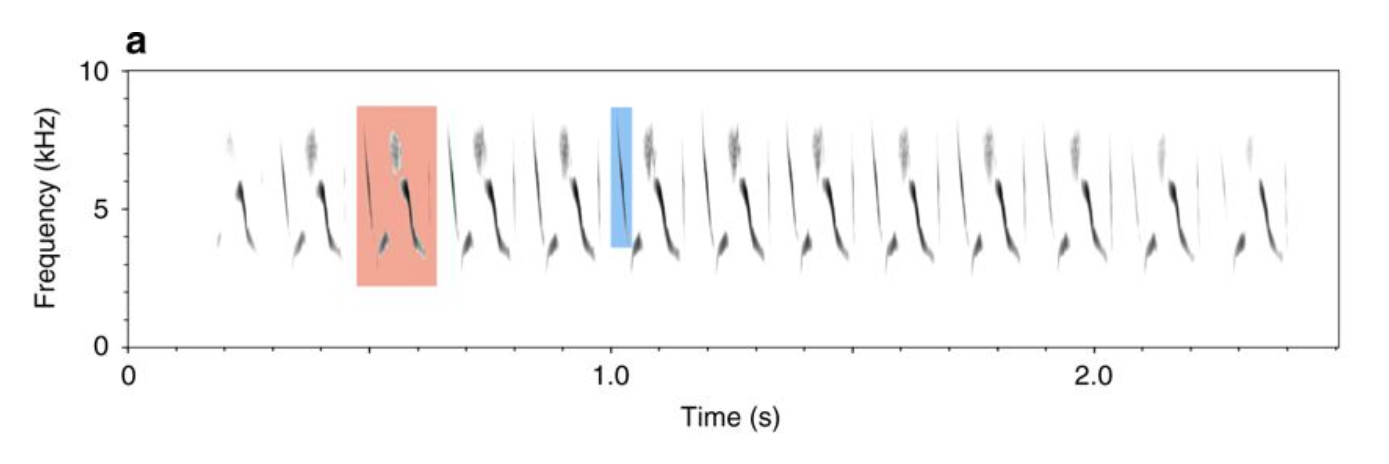If you start listening to birds, you’ll realise that they have a species-specific sets of calls. Would you consider these songs a form of culture? Maybe, maybe not — but bird calls are passed down through generations, much as human traditions are. And it appears that some birds may have song traditions that persist over centuries.
Photo: Robert Lachlan
At least, that’s what new research has found, through modelling and observations of hundreds of swamp sparrows, a bird native to North America. While somewhat anthropomorphising, the study’s conclusion suggests the sparrows have a bird version of cultural traditions.
“We’re able to demonstrate that they learn quite precisely, and they have a conformist bias — they have stable cultural traditions, with song types that can last many hundreds of years,” study author Robert Lachlan from Queen Mary University of London in the United Kingdom told Gizmodo.
The researchers recorded 615 male swamp sparrows’ entire musical repertoires for a year in the northeastern United States. These birds typically learn a dozen syllable types (shown in pink on the graph below) in their youth, ultimately only using three or so in adulthood. The researchers noticed that the birds can learn these songs with high accuracy.

A swamp sparrow song, in frequency (pitch) over time. The pink represents a syllable that comprises a descending tone, then a rising tone, a higher pitched down, and another descending tone. The blue represents a single element of a syllable.Graphic: Lachlan et al (Nature Communications)
But through modelling and analysis, they noticed a conformist bias, where birds preferred to learn and use more popular syllables. Using a model based on prior research about swamp sparrows as well as their own findings, they calculated that the sparrows could have been singing some of the syllables for over 500 years, and other syllables for even longer, according to the paper published in Nature Communications.
This conformist bias is essentially a do-what’s-most-likely mentality, which might lead to the creation of what seem to be traditions. The swamp sparrows exhibiting this behaviour tend to learn the most common things that the population does. Over time, this tends to strengthen the song tradition, even if some individuals act differently.
Other bird species learn songs in other ways. Some birds might prefer to learn from certain highly regarded individuals, regardless of how common a syllable is, while others might prefer reproductively advantageous behaviours, like singing songs that make them stand out.
These results are based on a model, so it’s not direct evidence that the sparrows’ songs have remained stable over the centuries. “The time frames are so big here that you can’t get fossils or archaeological evidence.
It’s difficult to think of direct ways to test this.” He did point out other studies, like one involving introduced yellowhammers in New Zealand, which seemed to retain songs among the population.
